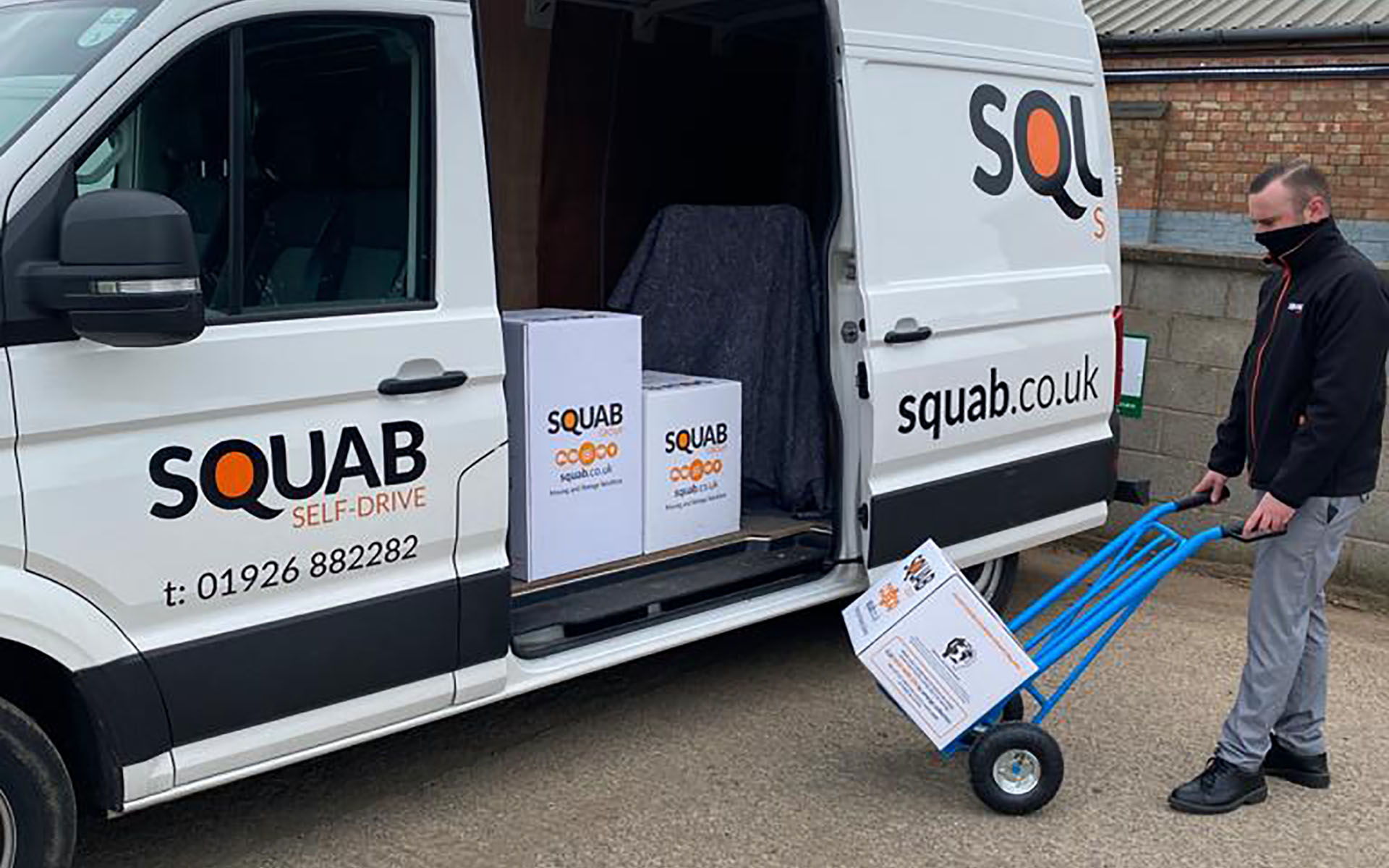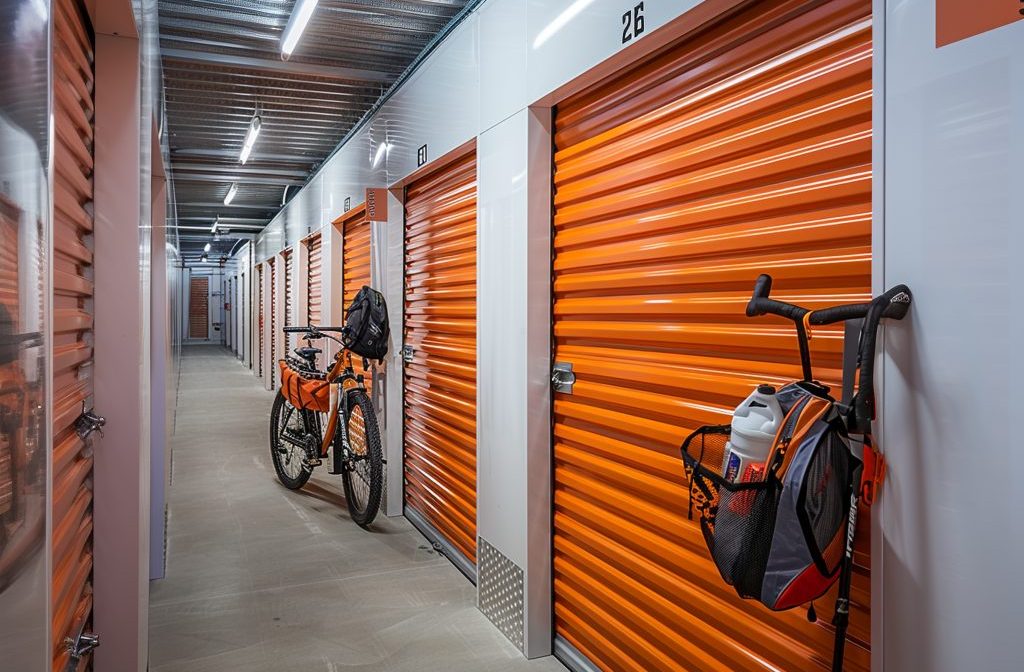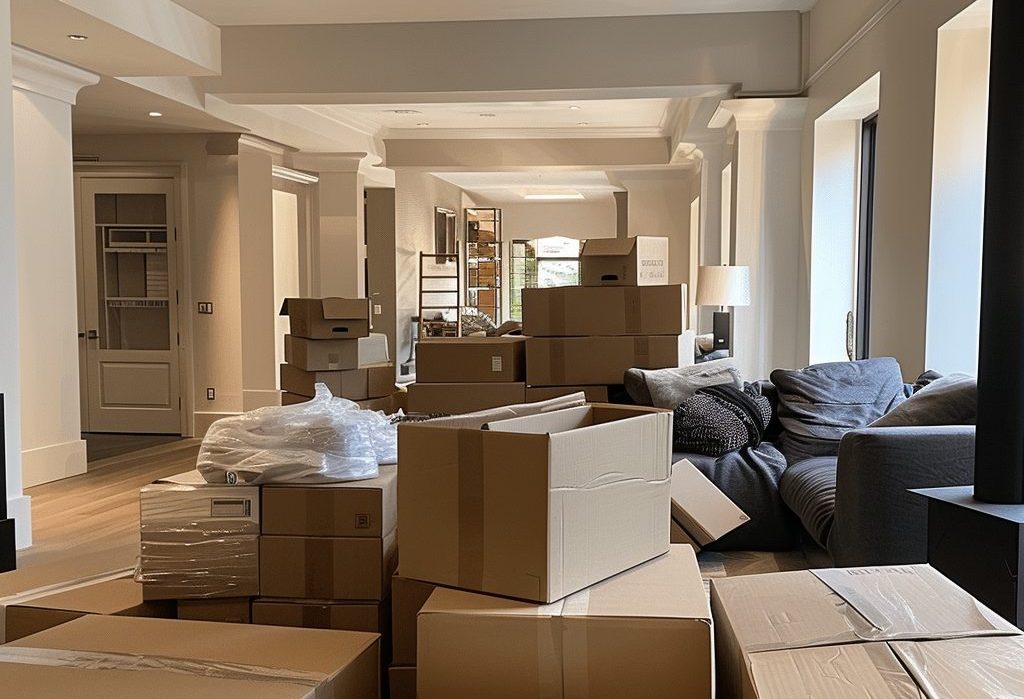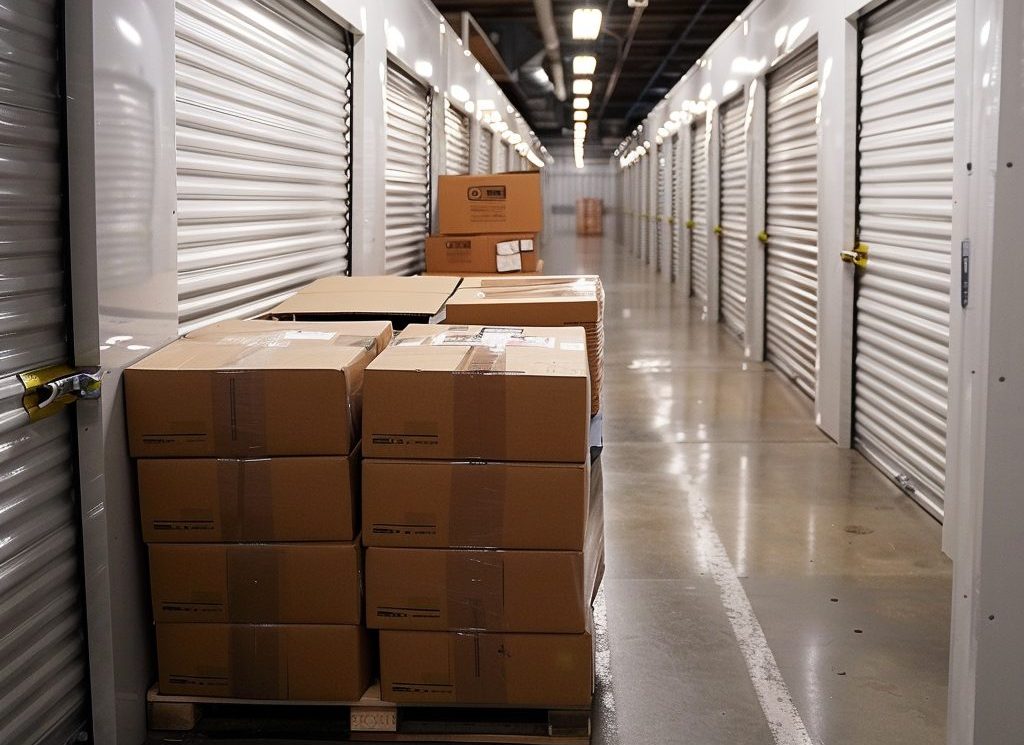Storage units are deceptive beasts. On the face of it, they’re nothing more than square or rectangular rooms or metal huts, but when used effectively, they’re much more than that.
It all comes down to how you pack your storage unit. To get the most from the space you’ve booked, you’ll need to use every square inch to maximum effect.
The good news? Packing that space is a lot easier than you might think – providing you lean on the following tried-and-tested strategies to get the most from your self-storage unit.
Ask about shelving
Just like using the available space in your home, you need to look beyond the floor in a self-storage unit.
Most storage companies will be able to provide shelving on request, therefore make sure you ask the question. With shelving, you can use the wall space, too, leaving every square inch of the unit fully used.
Itemise your belongings (as far as you can)
It helps to know exactly what you’ve stored in your unit, and the best way to keep track of all your belongings is to itemise them.
Create a master contents list for the unit and attach stickers to boxes which clearly list the stuff that’s inside. It’ll take you a couple of extra minutes now, but we guarantee your future self will thank you later down the line!
Use dust sheets on the floor
Although your storage unit should, obviously, be clean and in great condition before you start using it, there’s still the possibility of damaging your items if you don’t take proper precautions.
The biggest culprit is often the floor, as you push and drag items within the unit. To avoid this, simply lay down a dust sheet or two; that way, you’ll protect your belongings as you move them.
Also, make sure you place the bulkiest items on the floors first, rather than stacking them on top of weaker belongings.
Think about what you’ll need access to
Chances are, you’ll need easy access to some of your stored items more regularly than others.
The last thing you’ll want to do in those scenarios is hunt through to the back of the unit to find what you need. So, always pack the items you need regular access to at the front.
Pack efficiently and use hidden spaces
Rather than throwing your items into the space haphazardly, it pays to be strategic with your packing.
For instance, if you store your sofas and mattresses on their sides, rather than lying flat, you’ll make far more efficient use of the space. You can do the same with mirrors and pictures – just make sure they’re protected with plenty of padding.
Don’t forget about the hidden spaces you create, either. For example, if you’re storing a wardrobe, there’s space inside the wardrobe you can use, too. Why take up capacity with empty spaces?
Always use the right type of boxes
It might be tempting to grab a few boxes from your local supermarket or ‘borrow’ the communal family boxes which have already been through three house moves.
However, this isn’t the best way to protect your belongings. Instead, it pays to invest in storage boxes which are specifically designed for the task. For instance, Squab offers a collection of boxes in small, medium, and large sizes which are a cost-effective way to protect your belongings for the long-term.
Just make sure you fill those boxes as much as you can (so long as you can still safely lift them). A partially-filled box is likely to collapse over time when stacked.
Never store damp items
If any of the items you’re intending on storing are damp, you’ll cause yourself some significant headaches later on.
Only ever store completely dry belongings. Even the slightest bit of damp can cause serious damage to the item in question and those around it when left for any period of time.
Similarly, if you’re storing a fridge or freezer, make sure you leave the doors open slightly.
Do remember to leave an access passage if you’re using a large room to help with access.
We hope the tips above help you make the best use of your storage unit.
The Squab team is here to help if you need self-storage – just get in touch to find out about our great range of spaces.





